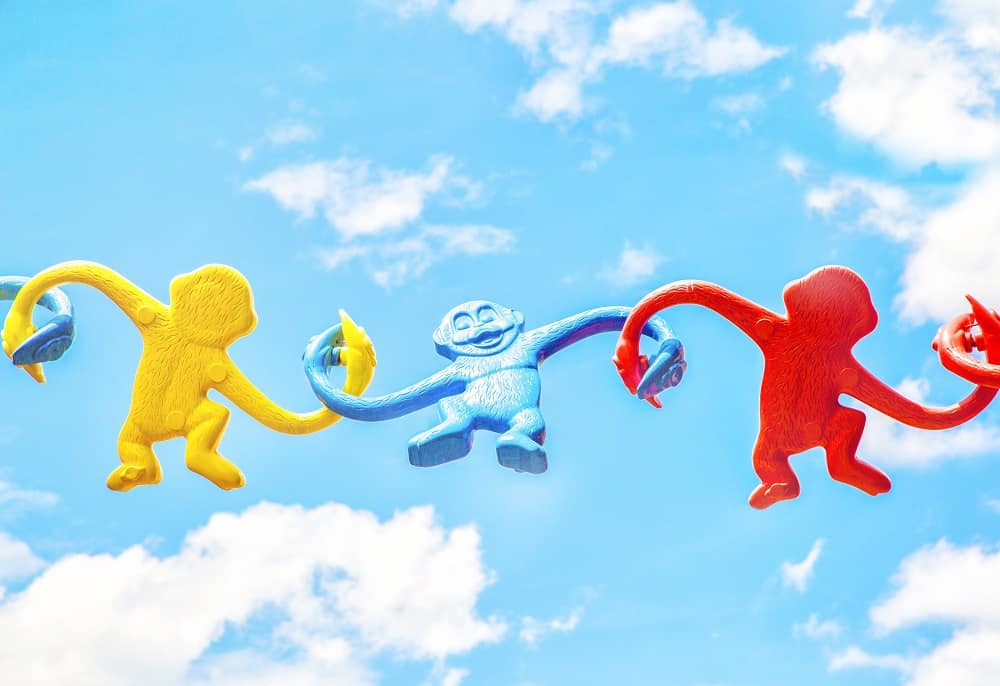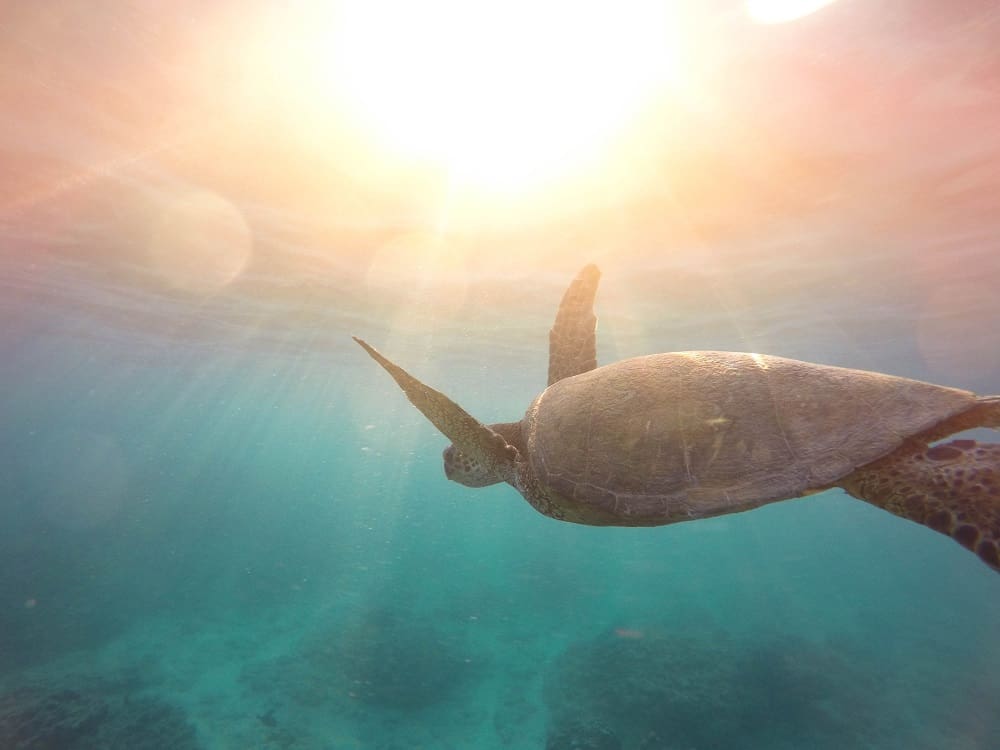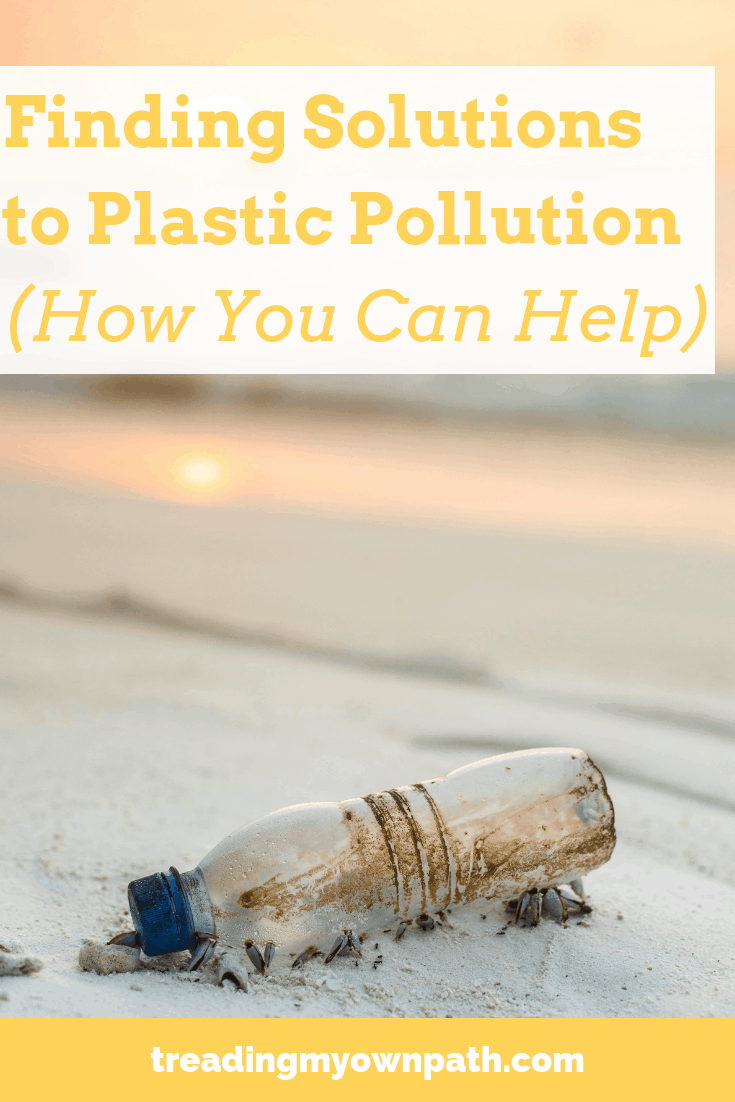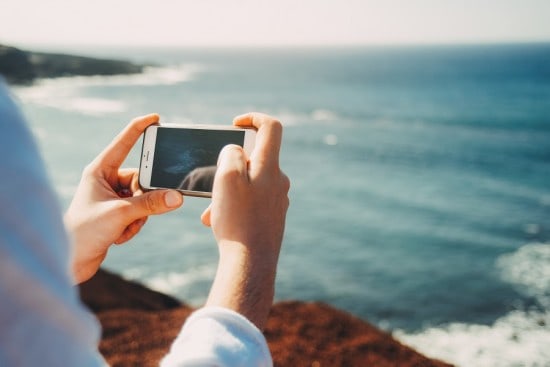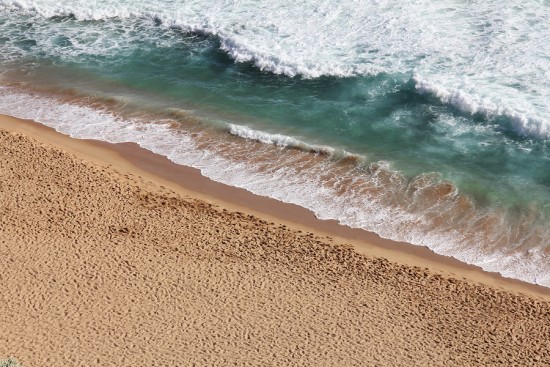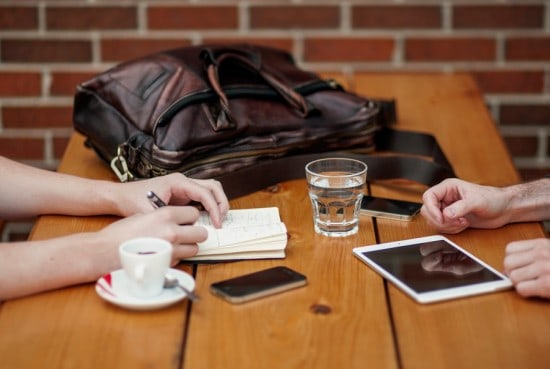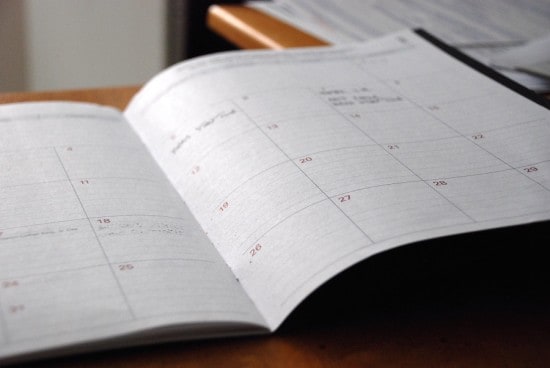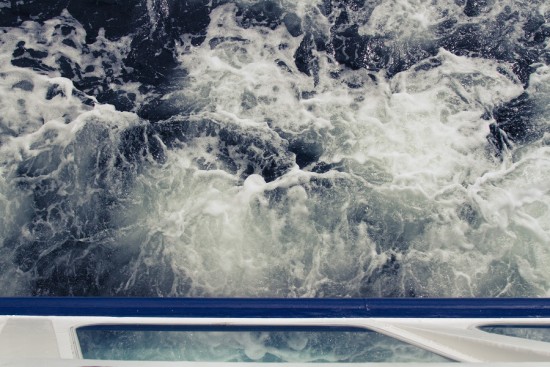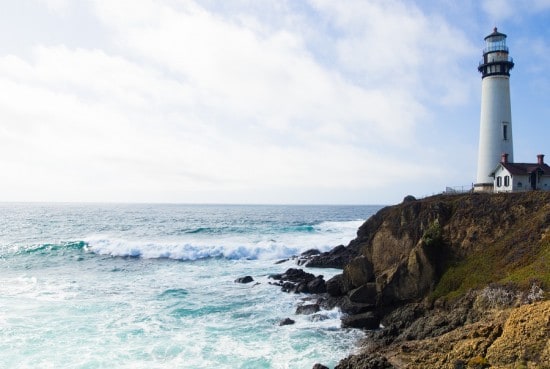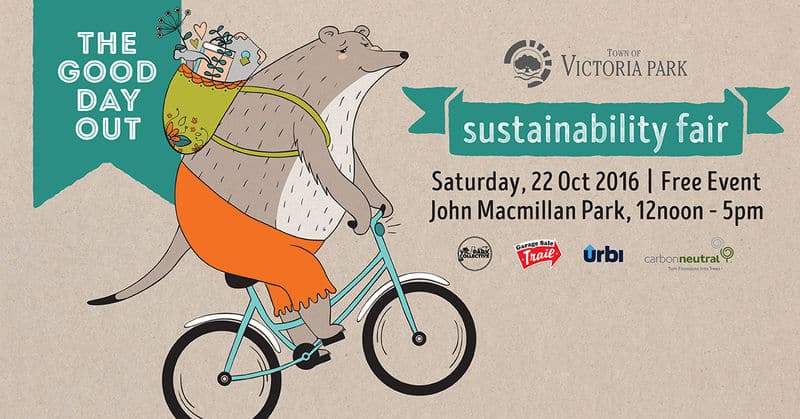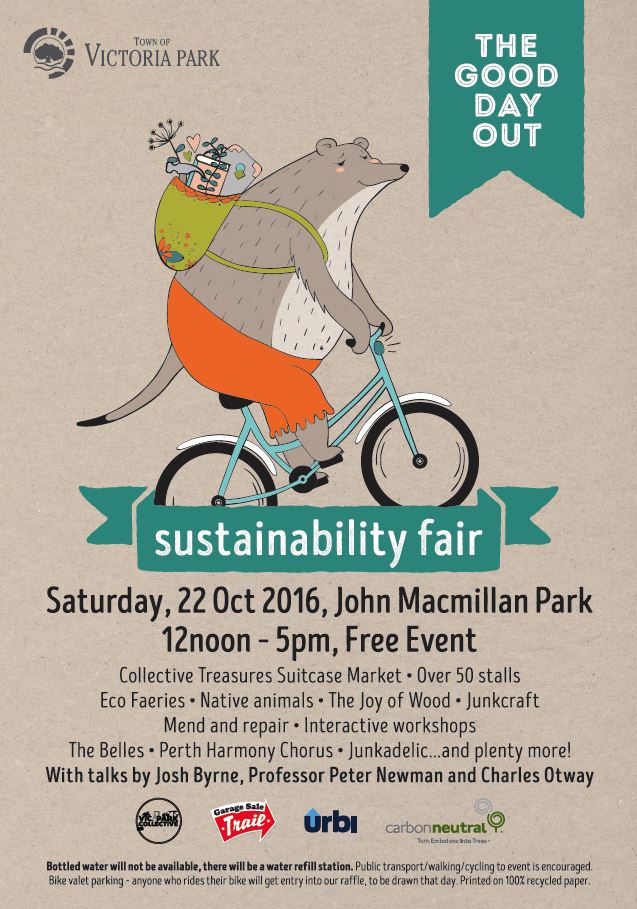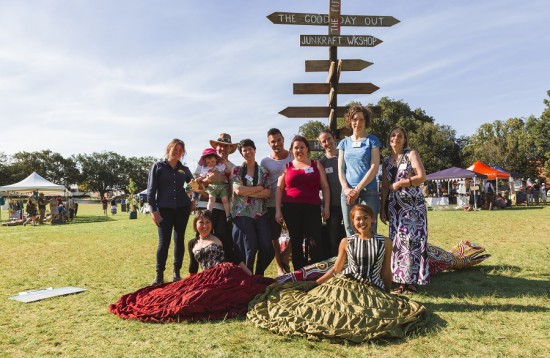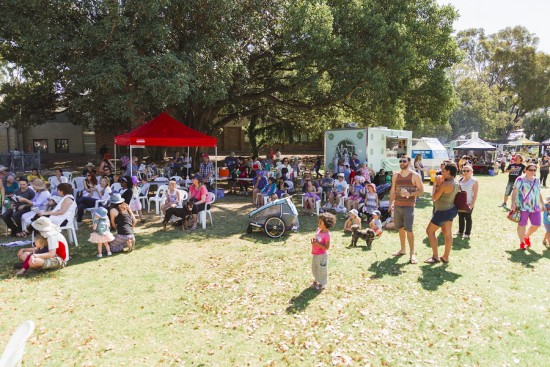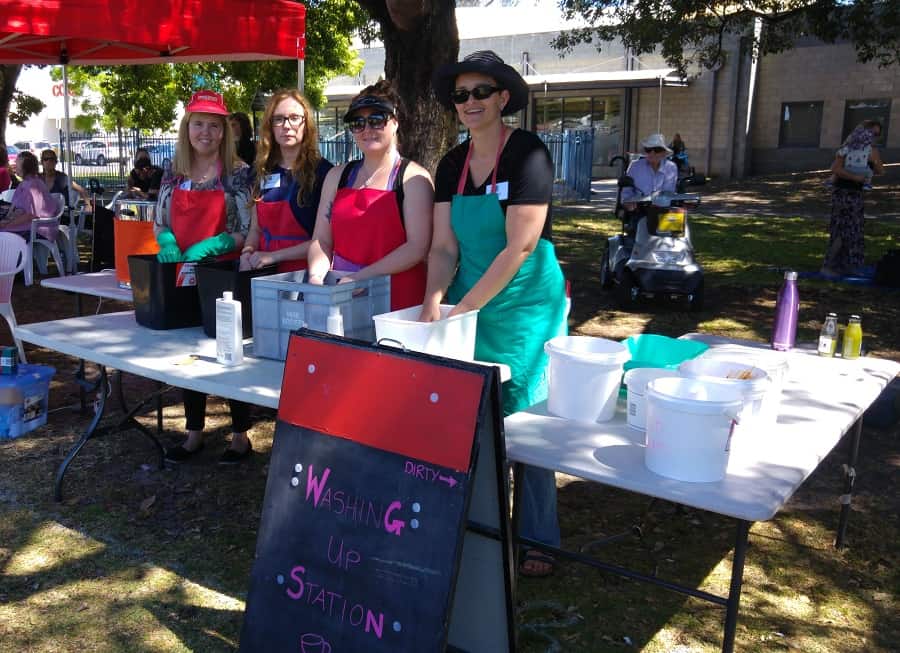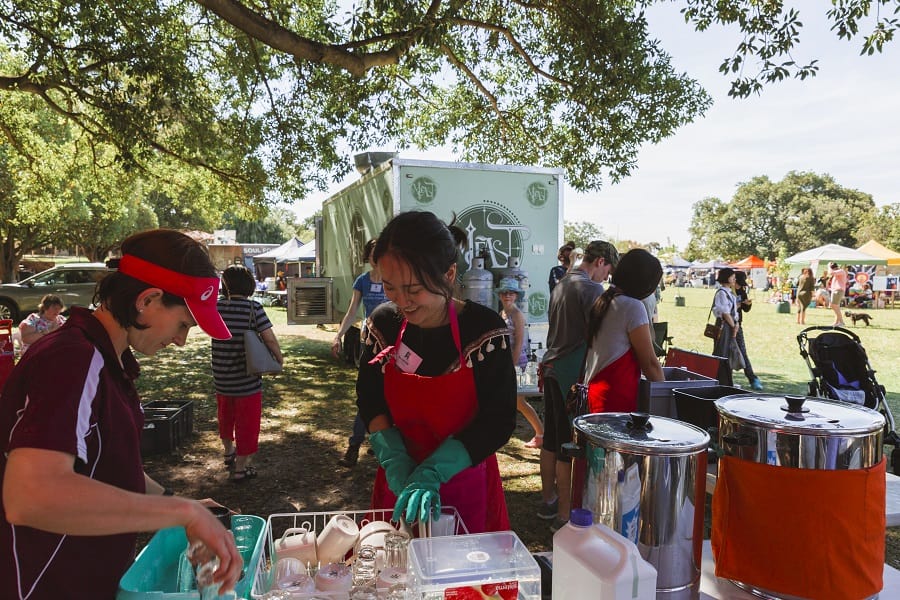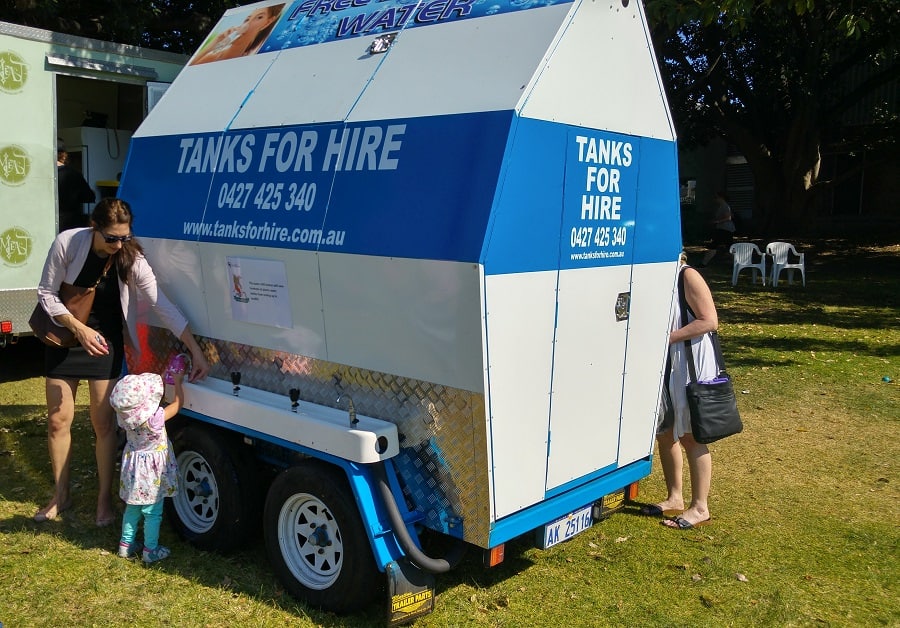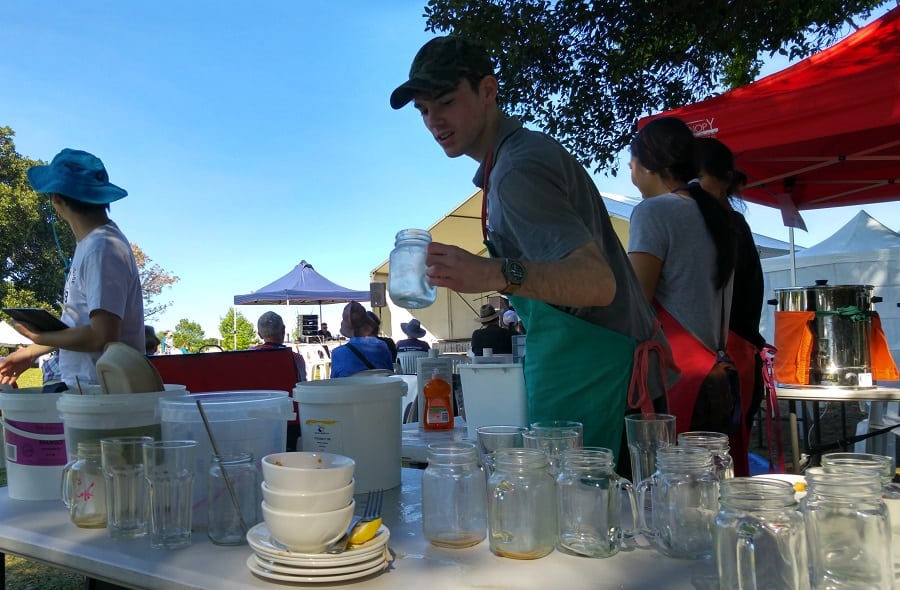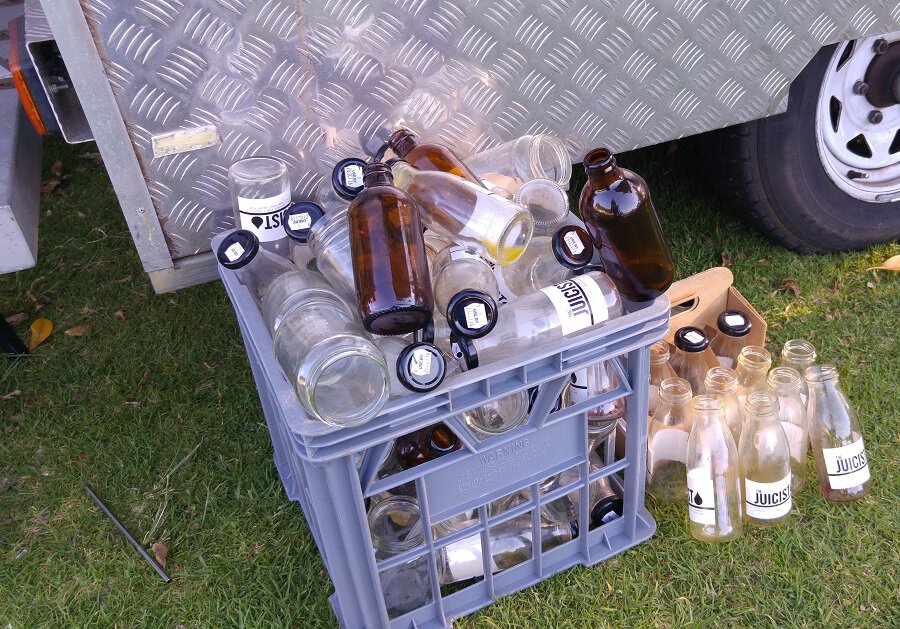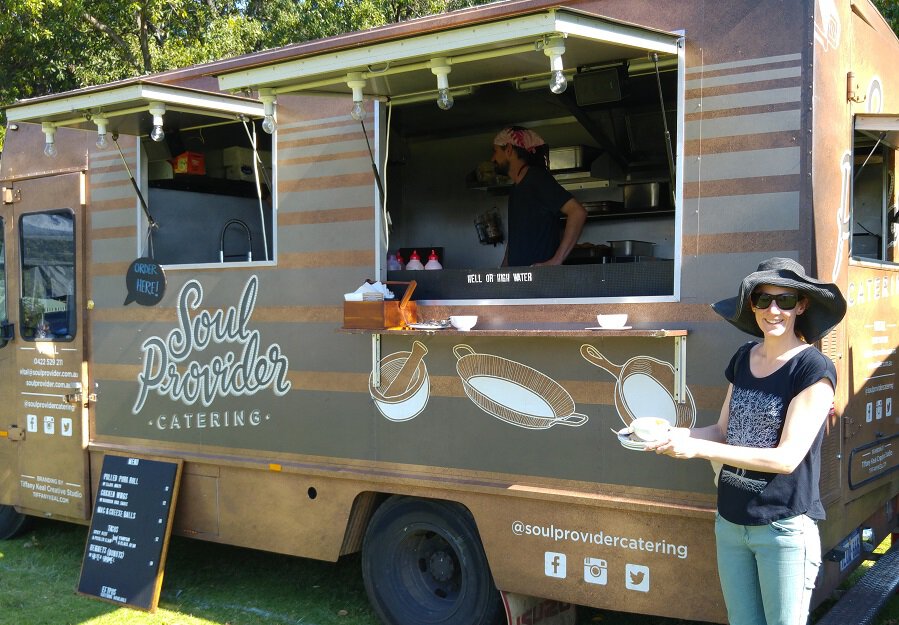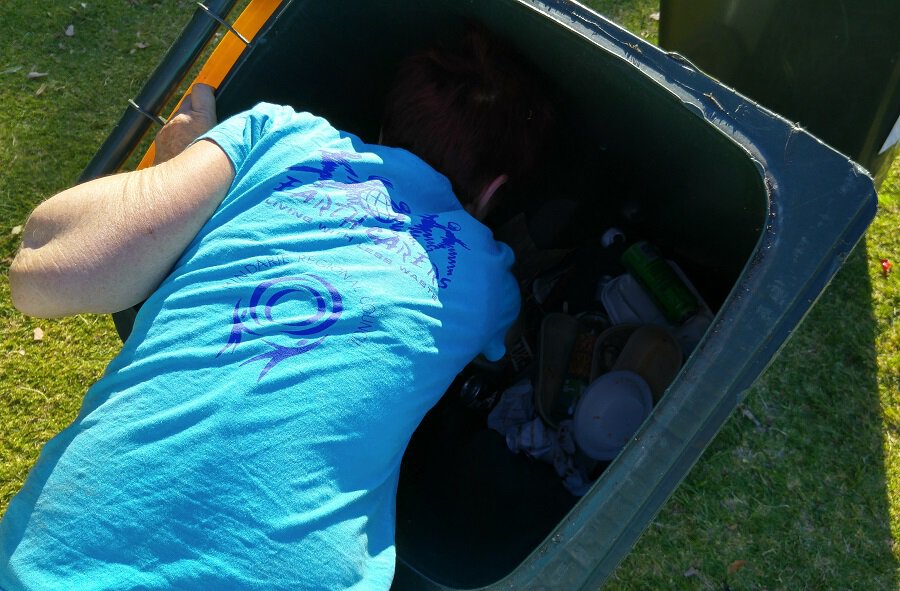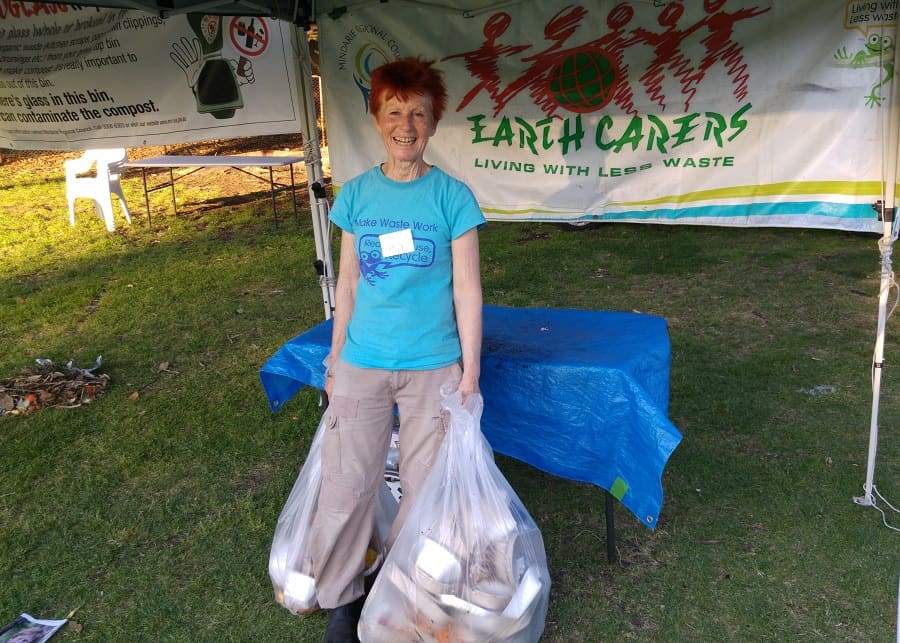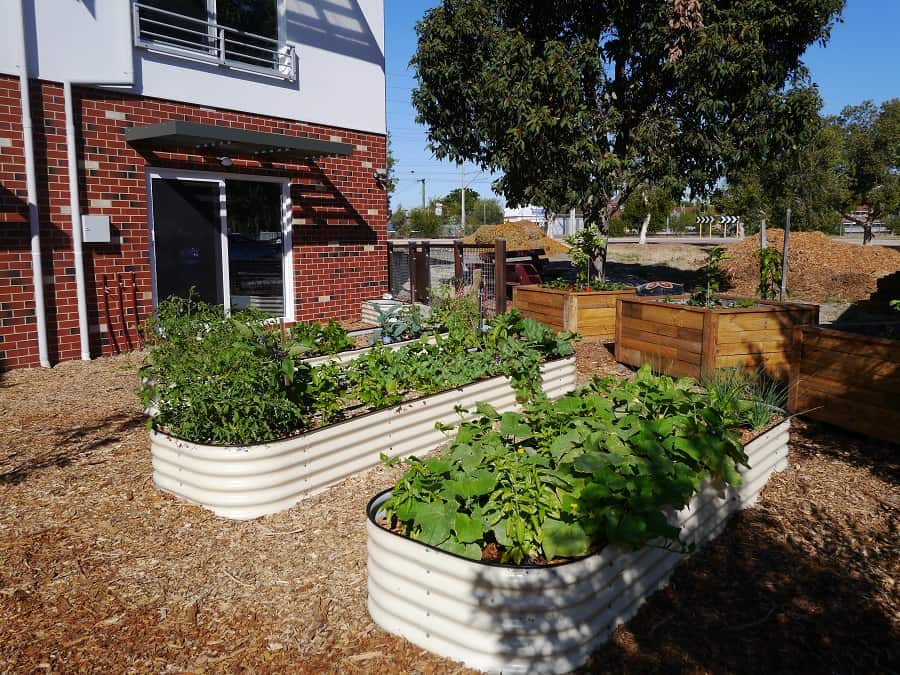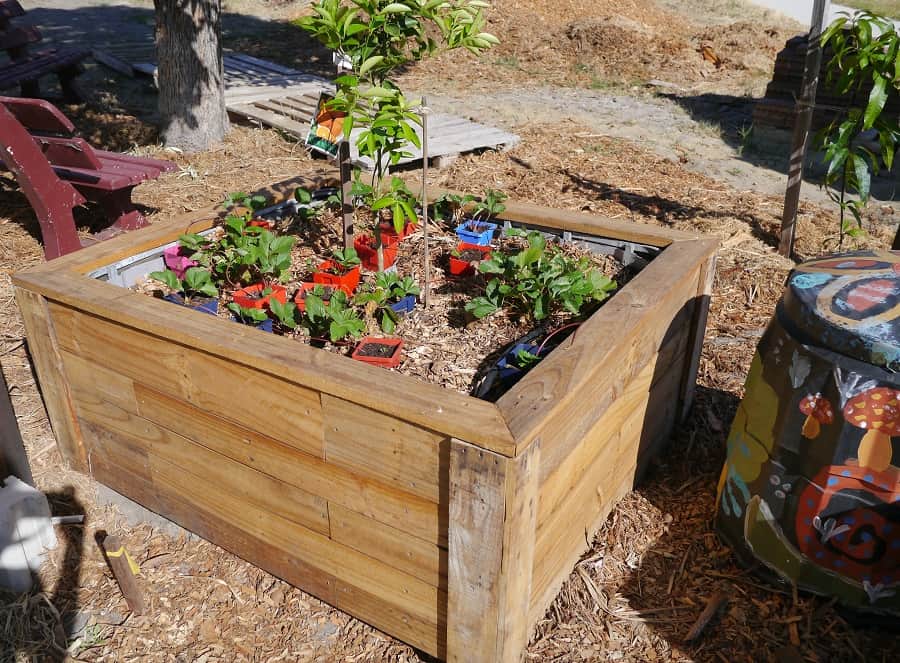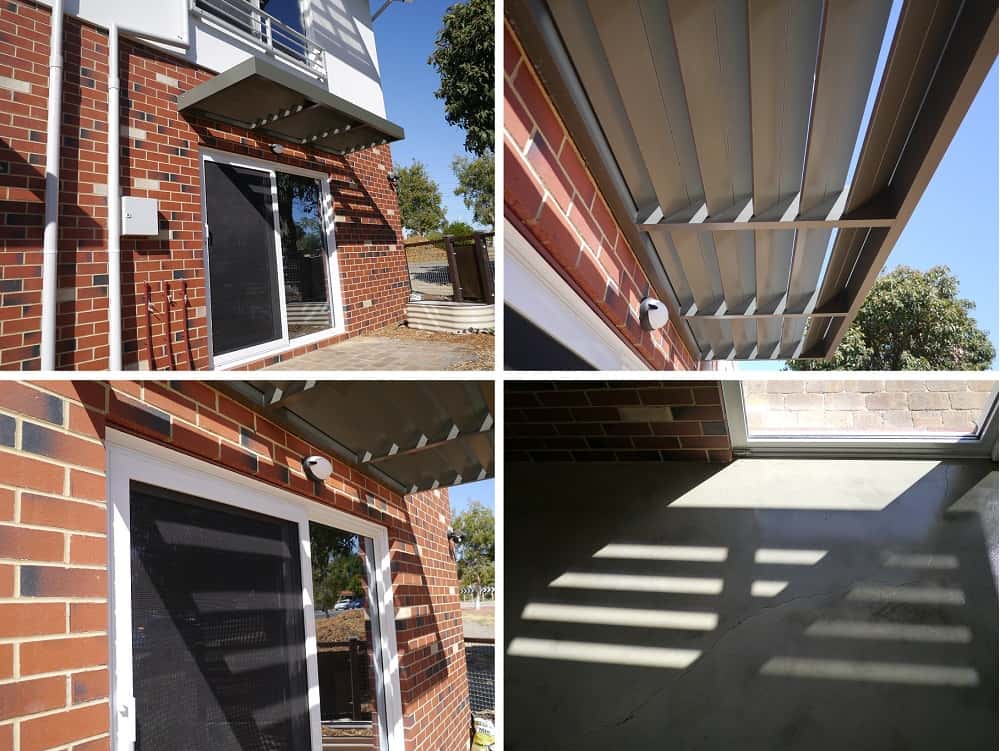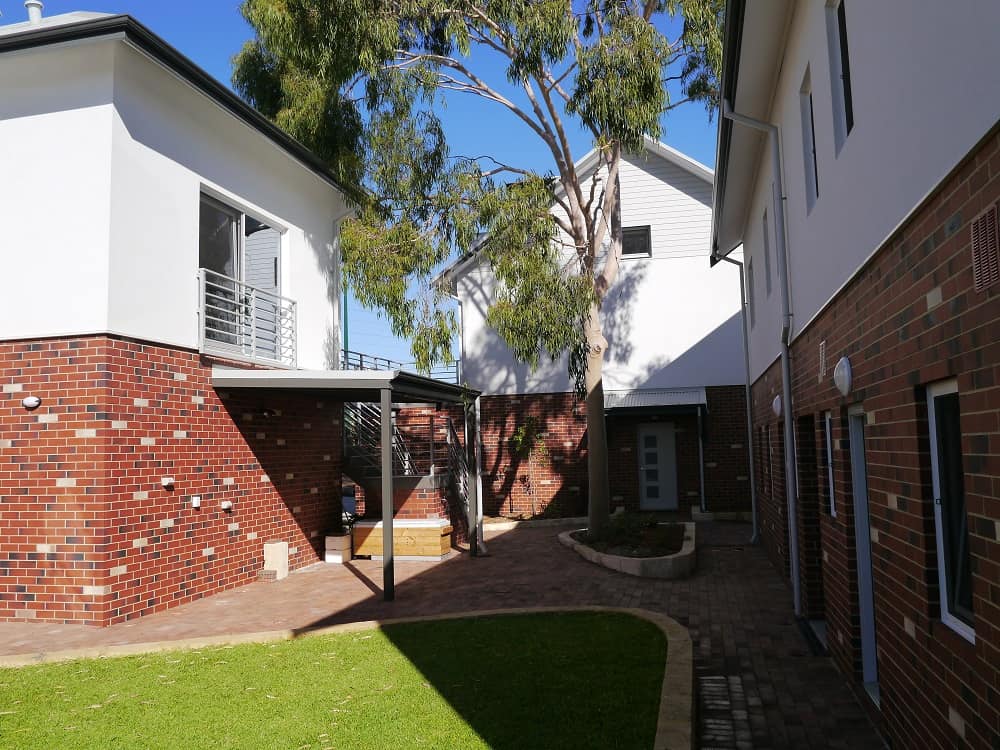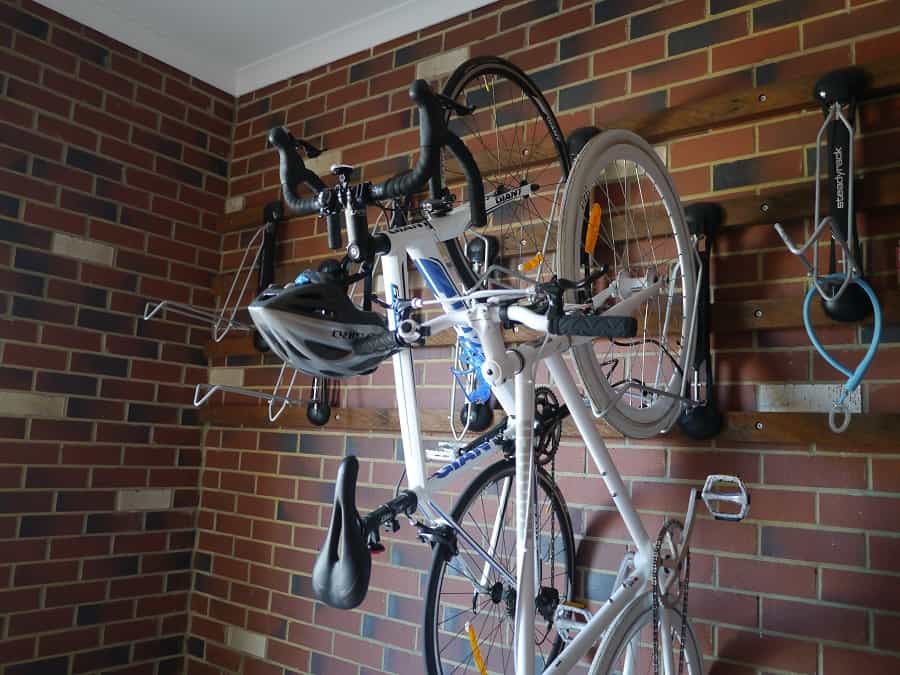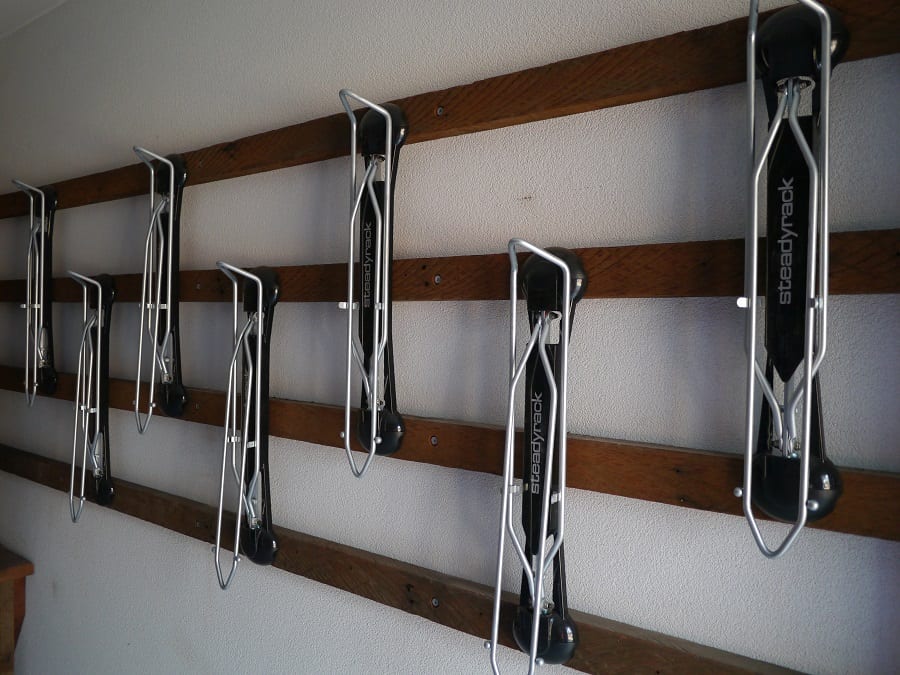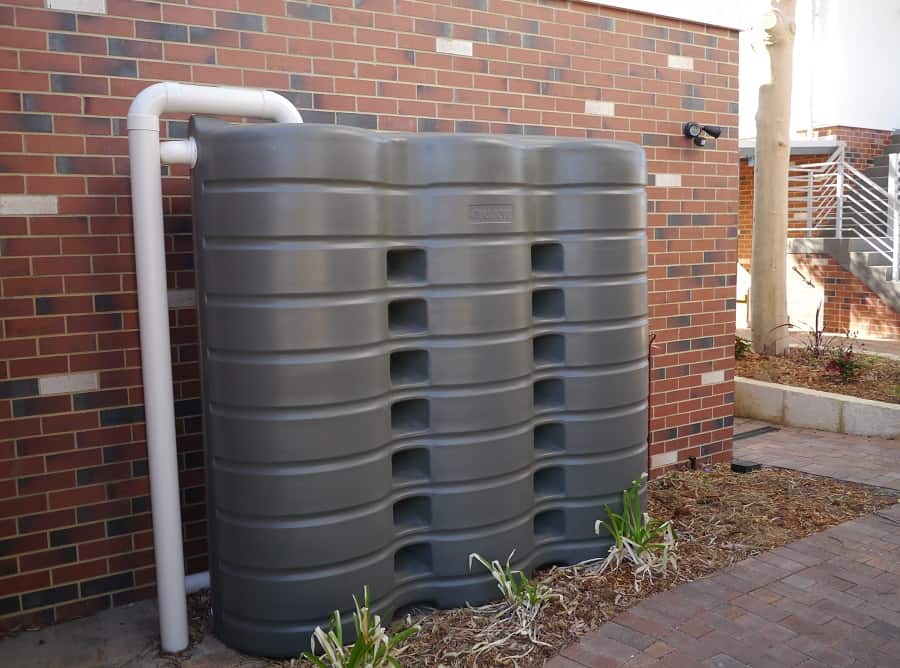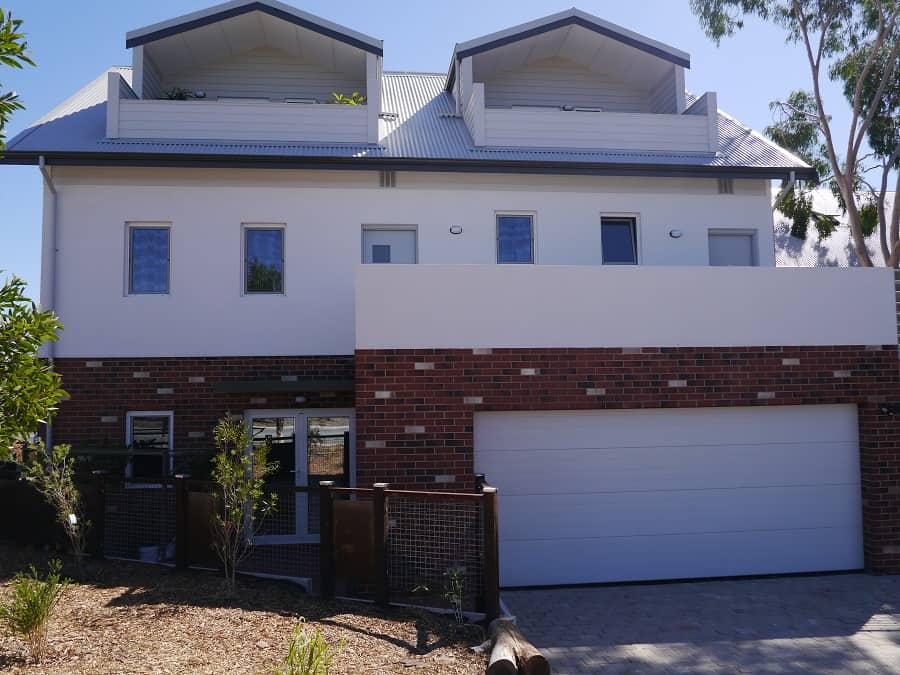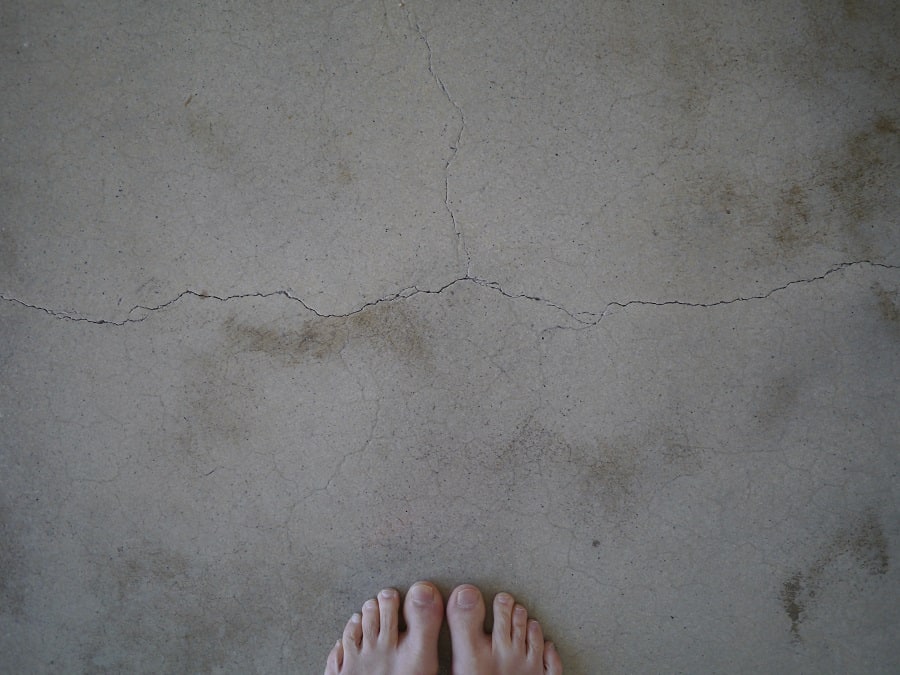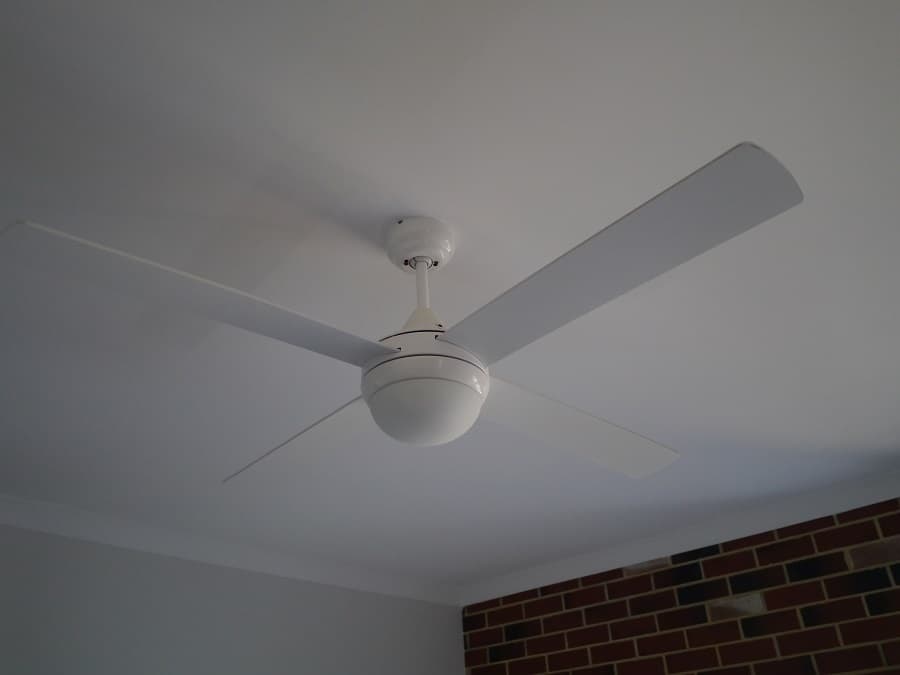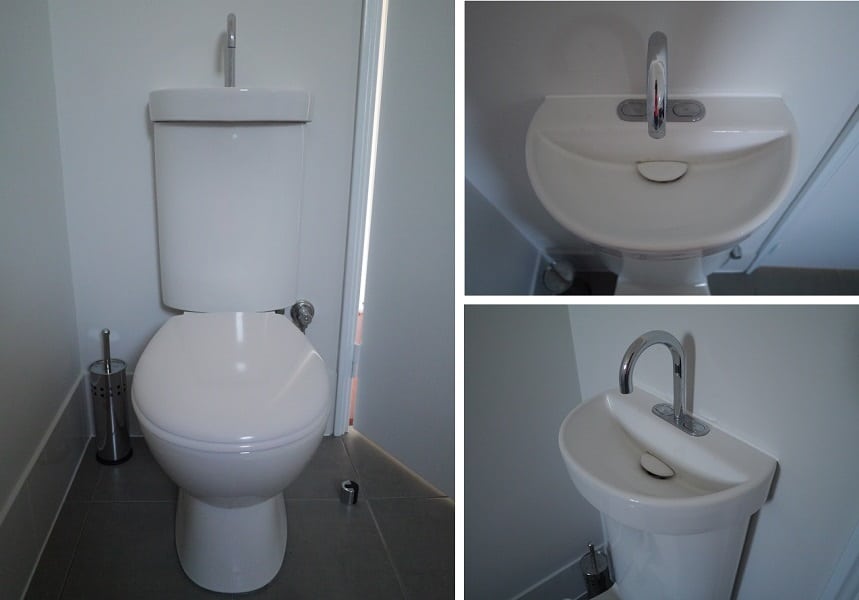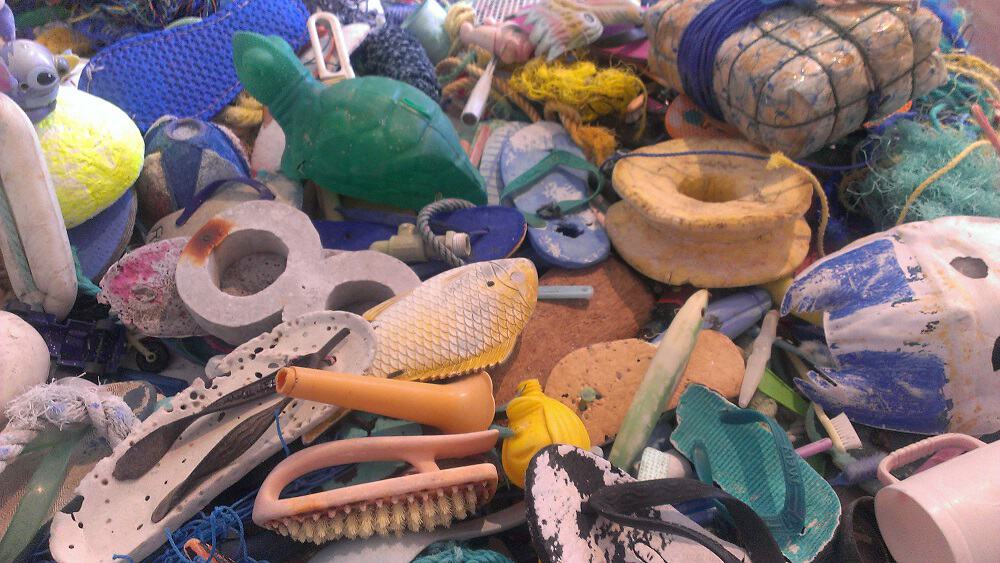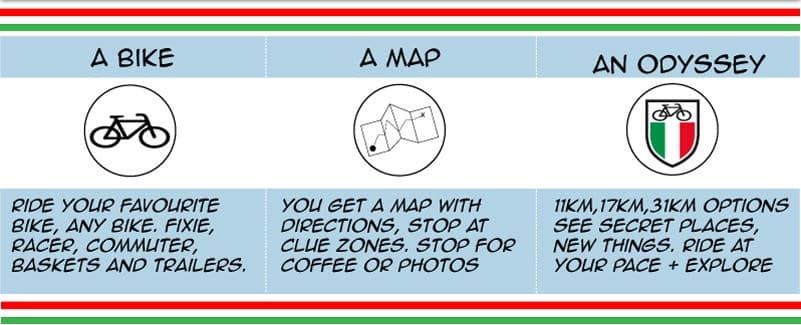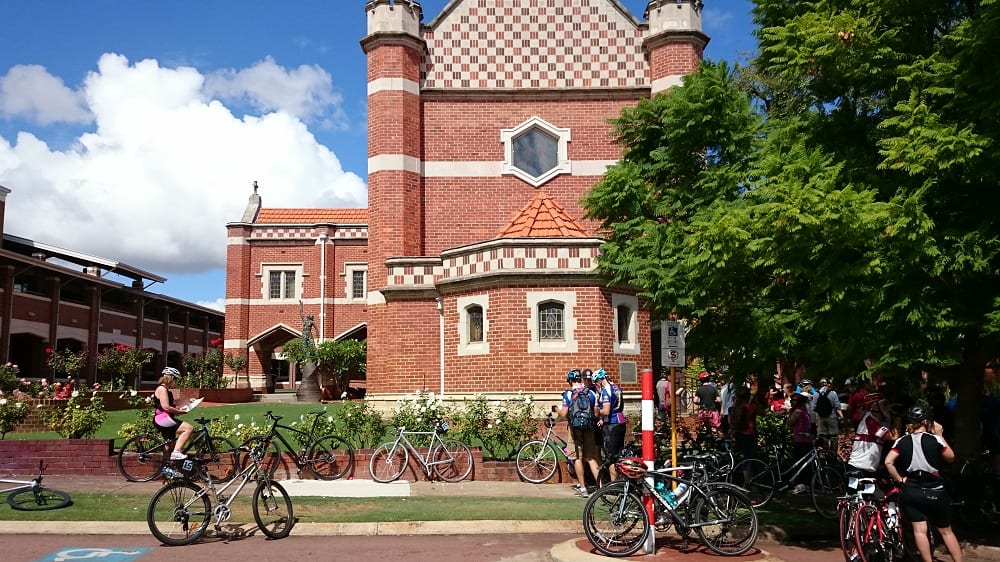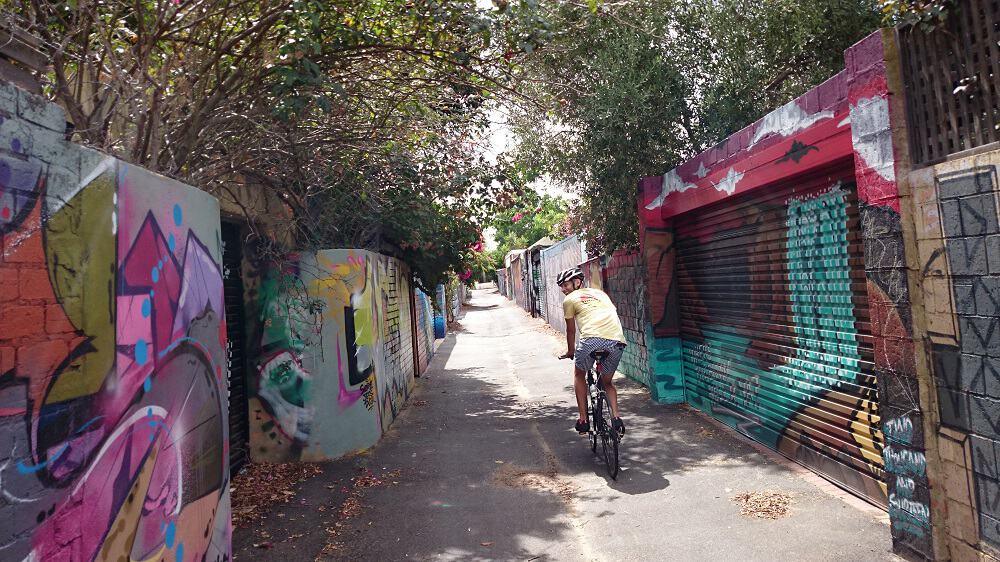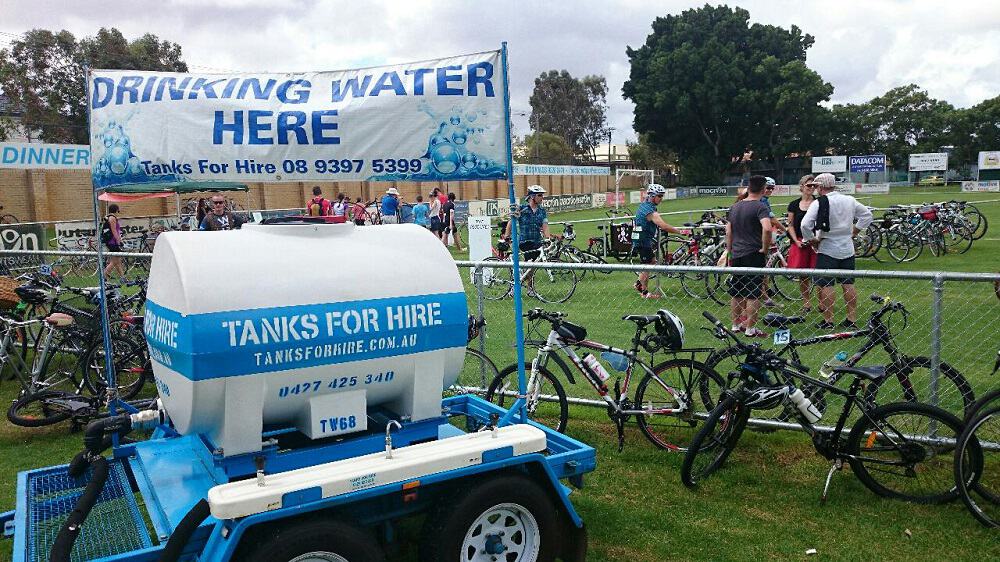Plastic Free and Taking the Challenge One Step Further
For most of us, living with less waste begins as a personal journey. As we start to discover more about the issues caused by waste, particularly plastic, and the options and alternatives, most of us begin wondering how we can get others involved. Whether it’s our families, our friends, our colleagues, the local school, the local cafes or shops, we want to spread the message and bring others with us on the journey.
Today’s post is about what you can do to take that step: to take the ‘living with less waste’ message out of our homes and into the community.
Host a Movie Screening
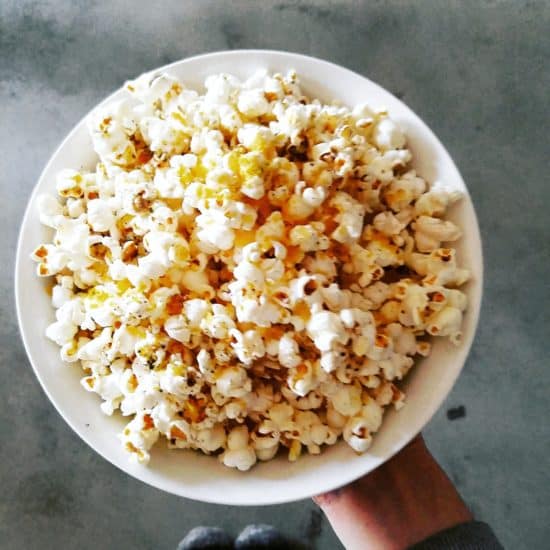
A movie screening is a great way to get people together to raise awareness of the issues, and start a discussion about solutions and alternatives.
One of the first things I did after signing up to Plastic Free July for the first time back in 2012 was attend a community screening of the plastic documentary Bag It. Even more than signing up to the challenge, that documentary changed my life. In a little over an hour I’d gone from feeling fairly relaxed about my plastic use to realizing that plastic was a huge problem but with so many solutions – and something that I could do so much about.
Movie screenings can be as big or as small as you like. Anything from:
- borrowing a DVD from the library and showing it to a few friends and family;
- Getting a community screening license from a distributor to show a movie in a public place such as a community hall or function room;
- Using community screening platforms such as Tugg, which allows you screen documentaries in cinemas, through selling tickets in advance. The model works a little like crowdfunding – if not enough tickets are sold, the screening is cancelled.
If you’d like some inspiration for a good documentary to show, my top 10 list of documentaries might be a useful starting point.
Host a Plastic-Free Morning Tea or Supper
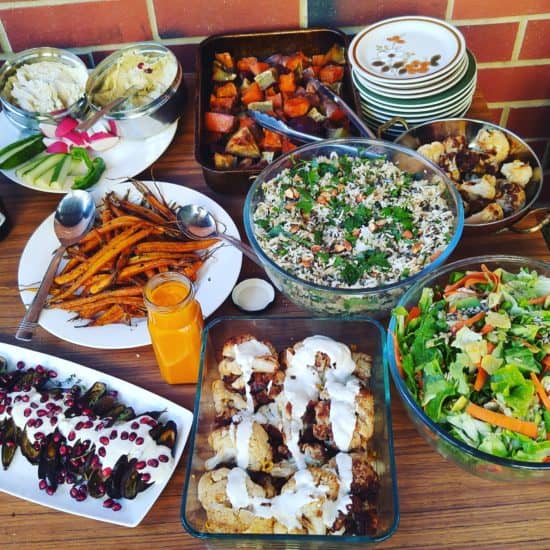
Invite others in your local community, workplace or school to attend a waste-free morning tea or supper, where all of the food has been purchased and prepared without single-use packaging.
You can invite community members to accept the challenge and bring a dish without packaging, or you can prepare or source it all yourself to ensure no sneaky plastic makes its way in.
Inviting someone to speak is a great way to engage the group with some of the solutions. Here’s some ideas:
- Invite a local organisation to talk about the great waste reducing initiatives they’ve adopted;
- Invite a local eco store to attend to talk about some of the products they sell and their benefits;
- Invite someone who lives in the in the local area to share the story of how they reduced their own waste.
Set a table with some reusable alternatives to talk about, and give everyone the chance to share their ideas and ask questions. The idea is to get everyone thinking, and talking…and then acting!
Host a Litter Pick-Up or Beach Clean-Up
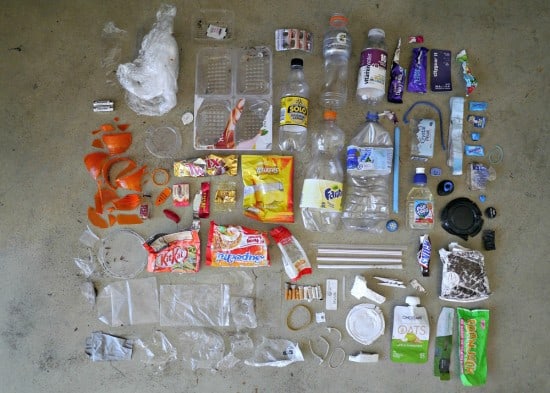
A litter pick-up is a powerful way to get others fired up to take action. Connecting others to places where litter ends up brings attention to the scale of the problem, and taking action by removing the litter goes a huge way towards protecting the ocean. Removing litter from the environment is also a positive reinforcement of the impact we can have when we work together.
To organise a litter pick up, set a date and time, gather necessary equipment (gloves, tongs, buckets, bags or old pillowcases to collect the litter) and start promoting it to your community. Offering a (plastic-free) morning tea is a great way to reward those who turn out to help and another way to continue to conversation.
Join (or Start) a Local Boomerang Bags Group
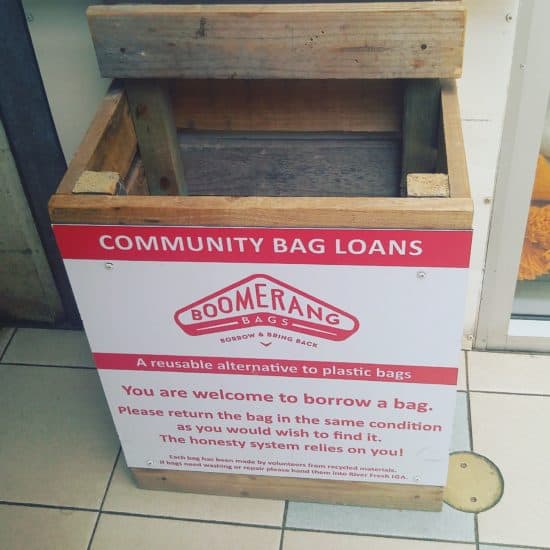
In an ideal world we’d all remember our reusable bags – but everyone forgets sometimes, right? Boomerang Bags was set up to reduce plastic bags by providing free bags for shoppers to borrow and bring back. But even better than providing bags, Boomerang Bags is all about communities getting together to volunteer to sew their bags, out of freely donated old fabric.
Before a group launches, they need to make 500 bags. (Nobody wants to launch and then run out of bags in the first weekend!) Boomerang Bag depositories are placed in shopping centres, and then the public are free to take and then return as required.
You can find out more about Boomerang Bags here, including where the current groups are and how to start your own group.
Get your Local Cafe (or Business) Involved
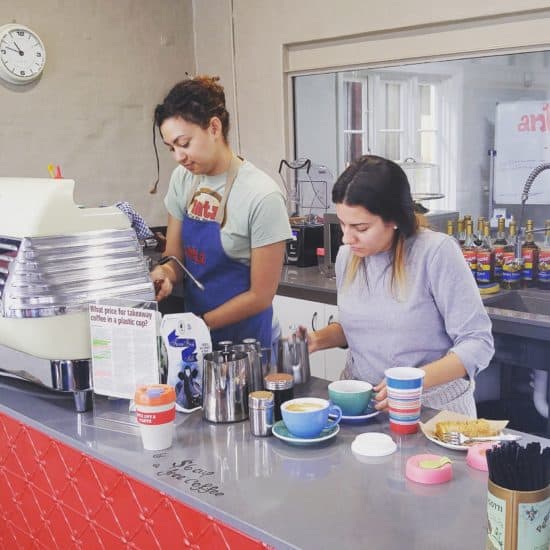
If your local cafe doesn’t give a discount for reusable coffee cups, your local store insists on giving plastic bags to everyone, or your local bar dishes out plastic straws with every drink, have a chat to them to see if they are willing to do something about it. You never know if you don’t ask!
Asking a local cafe, store or business to take part in Plastic Free July is a great way for them to be part of a global challenge and test customers’ receptiveness to charges or discounts, no longer offering single-use items and other initiatives.
Find out if there are other local initiatives that they can be a part of. Responsible Cafes is an Australian volunteer-run organisation which supports cafes who offer a discount to customers who use reusable cups. They have posters for display, and information that cafes can share with their customers. Plus all cafes that sign up are placed on a map, allowing locals to support the cafes near them who are doing the right thing.
Now I’d love to hear from you! Have you taken zero waste or plastic-free living into your community, and if so, how? Have you been to any great community events? Are there any other ideas you’d like to add to this list? Any of these you’re planning to adopt? Please tell me your thoughts in the comments below!
[leadpages_leadbox leadbox_id=1429a0746639c5] [/leadpages_leadbox]

